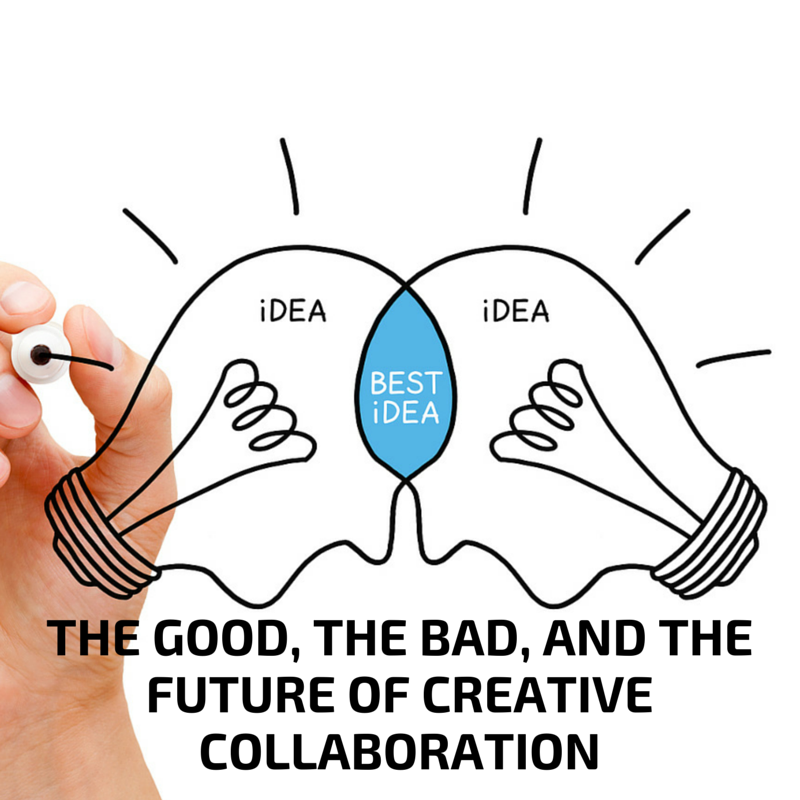Innovators know that sharing isn’t just caring–it’s the only way to get by. Collaboration has recently emerged as the defining characteristic of creativity and growth in nearly all sectors and industries. The singular genius who works alone is a myth of yesterday. Today, the biggest breakthroughs happen when networks of self-motivated people with a collective vision join together and share ideas, information, and work.
Collaborative innovation comes in many forms and kinds. From brainstorming sessions like innovation jams to crowd-funding initiatives like Kickstarter or crowd-sourcing initiatives like Innocentive, these forms of growth all mobilize a diverse group of people with a variety of skills. The benefits to joint innovation efforts are plenty: the global scale of the initiative, the rapidity of experimentation, the reservoirs of outside talent, the guaranteed wider array of solutions.
But with each of these upsides also comes a downside: the chaos of implementation, the disruptive power of clients, the difficulty of serving solutions, the uncertainty of constantly changing course. Here are three key points to keep in mind when practicing collaboration that will help you enjoy the benefits of teamwork without the drawbacks:
Avoid getting stuck in the center. When a large group of people have ideas and they all share them, there’s the danger that everyone will get pulled to the center and be reduced to something banal or unexceptional. This is a concept first introduced by Sir Francis Galton, who showed how the introduction of more and more points of data or measurement results in a regression to the mean. Don’t let the multiplicity of ideas at a brainstorming session get flattened out into a mass of mediocrity. Keep challenging yourself and those around you to go outside of the expected limits and boundaries of your project.
Surround yourself with people unlike you.Find the people who can fill in your blind spots and help you with things you don’t know now. This means embracing individuals you may have nothing in common with: thinkers who see the world differently than you do. Gather the talents of those who can teach you and give you things that you cannot give yourself.
Remember the importance of expertise. Collaboration assumes a horizontal structure of activity. That is, everyone involved is suddenly on the same level. This democratic attitude can be a great thing, yet people sometimes forget the centrality of expertise. You can ask all the people on your Facebook newsfeed how to do a root canal, but you’re always going to seek out a professional dentist. Don’t just solicit the opinion of the masses when you’re building your innovation team–find experts in the fields relevant to your initiative.
Collaboration offers us a whole new set of opportunities for growth, but it also presents myriad difficulties. So be strategic in the groups you enlist and create. The challenge to achieve equality without uniformity, variety without discord, cooperation without consensus. Thinking in a group doesn’t have to mean groupthink.
